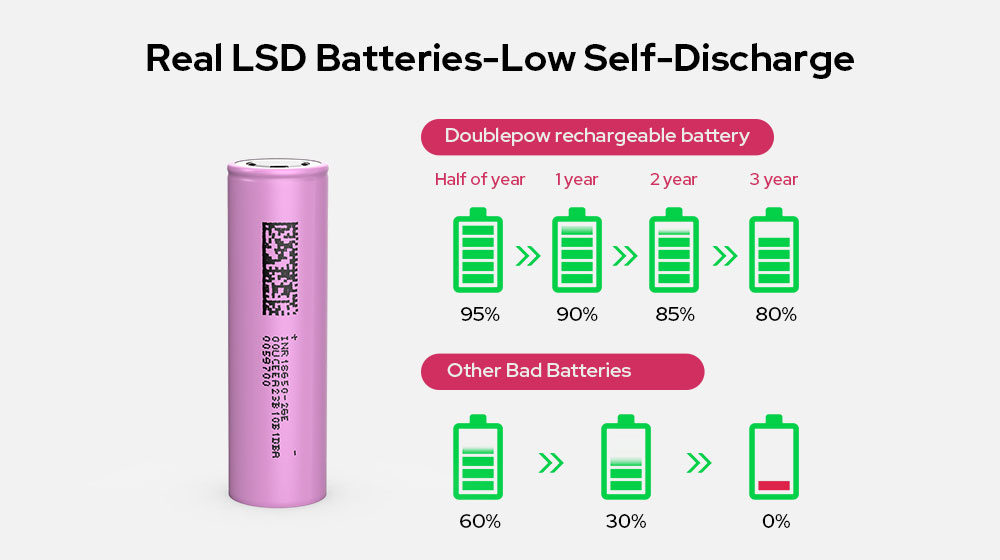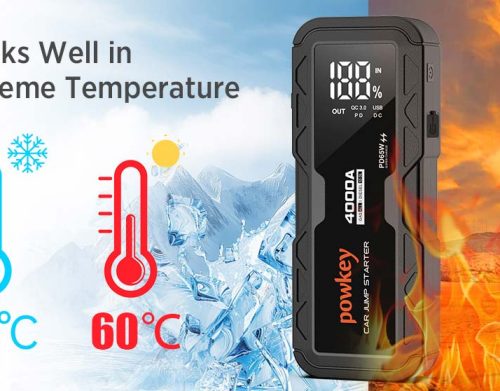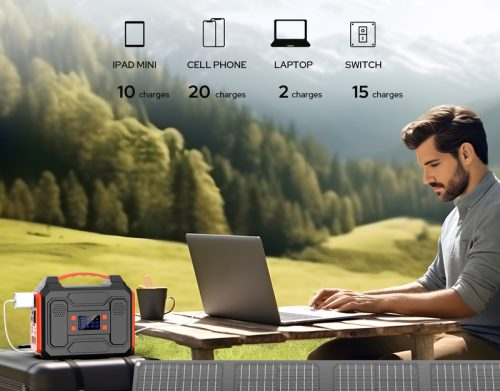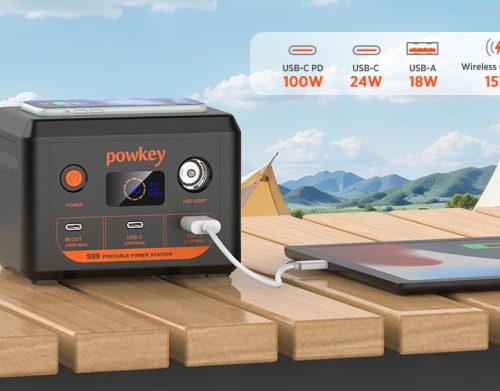In the era of portable electronics, renewable energy solutions, and DIY innovation, lithiumion batteries have become the backbone of modern power systems. Among them, the 18650 battery cell stands out as a versatile and widely adopted energy storage unit. For hobbyists, engineers, and sustainability enthusiasts, 18650 build kits offer an accessible pathway to create custom battery packs tailored to specific needs. This article explores the components, benefits, and applications of 18650 build kits, empowering readers to harness their potential for personal or professional projects.
What is an 18650 Build Kit?
An 18650 build kit is a comprehensive set of tools and materials designed to assemble custom lithiumion battery packs using 18650 cells. These cylindrical cells, named for their dimensions (18mm diameter × 65mm length), are renowned for their high energy density, durability, and compatibility with devices ranging from flashlights to electric vehicles.
A typical kit includes:
- 18650 battery cells: Rechargeable lithiumion cells, often sourced from reputable brands like Samsung, LG, or Panasonic.
Battery holders or trays: Plastic or metal frames to securely organize cells in series or parallel configurations. - Nickel strips or busbars: Conductive materials to connect cells electrically.
- Spot welder or soldering tools: For creating secure connections between cells and nickel strips.
- Battery Management System (BMS): A critical component to monitor voltage, temperature, and current, ensuring safe charging and discharging.
- Insulation materials: Heatshrink tubing, protective casings, or silicone sleeves to prevent short circuits.
- Optional accessories: Wiring, connectors, or voltage displays for enhanced functionality.
Why Choose an 18650 Build Kit?
- Customization: Unlike offtheshelf batteries, build kits allow users to design packs with precise voltage (e.g., 12V, 24V) and capacity (measured in amperehours, Ah). For example, a 10cell pack (3.7V per cell) arranged in series delivers 37V, ideal for ebikes or solar storage systems.
- Cost Efficiency: Purchasing cells in bulk and assembling them yourself is often cheaper than buying prebuilt packs. Kits eliminate guesswork by providing all necessary components upfront.
- Sustainability: Repurposing used 18650 cells from old laptops or power tools reduces electronic waste—a key advantage for ecoconscious builders.
- Educational Value: Building a battery pack deepens understanding of electrical engineering principles, such as Ohm’s Law and thermal management.

Applications of DIY 18650 Battery Packs
- Portable Power Banks: Create highcapacity USBC or solarcharged power banks for camping trips or emergencies.
- Electric Vehicles (EVs): Build battery modules for ebikes, scooters, or even small electric cars.
- Home Energy Storage: Integrate packs with solar panels to store renewable energy for offgrid living.
DIY Electronics: Power robotics projects, drones, or custom LED lighting systems. StepbyStep Assembly Process
Design Your Pack: Calculate the required voltage and capacity. Use online calculators to determine cell arrangement (e.g., 4S3P = 4 cells in series × 3 in parallel).
Prepare Cells: Test each cell’s voltage and capacity to ensure uniformity. Discard damaged or lowperforming cells.
Assemble the Layout: Secure cells in holders, ensuring proper alignment. Series connections increase voltage; parallel connections boost capacity.
Connect Cells: Use a spot welder to attach nickel strips (preferred over soldering, which risks overheating cells). Doublecheck polarity to avoid short circuits.
Install BMS: Solder the BMS to the pack’s terminals. This safeguards against overcharging, overdischarging, and overheating.
Insulate and Encapsulate: Wrap the pack in heatshrink tubing or place it in a protective case. Label terminals for clarity.

Safety Considerations
Lithiumion batteries demand respect. Follow these guidelines:
Avoid Overcharging: Use a BMS and quality charger to prevent thermal runaway.
Prevent Physical Damage: Punctures or crushing can cause fires.
Monitor Temperature: High ambient temperatures degrade performance and safety.
Dispose Responsibly: Recycle cells at designated facilities. Conclusion
18650 build kits democratize access to advanced energy solutions, bridging the gap between industrial technology and grassroots innovation. Whether you’re a maker crafting a portable solar generator or an engineer prototyping an EV battery, these kits offer flexibility, affordability, and sustainability. By mastering the art of battery assembly, users not only gain technical skills but also contribute to a future where clean, customizable energy is within everyone’s reach. Embrace the challenge—your next power project starts with an 18650 build kit!



